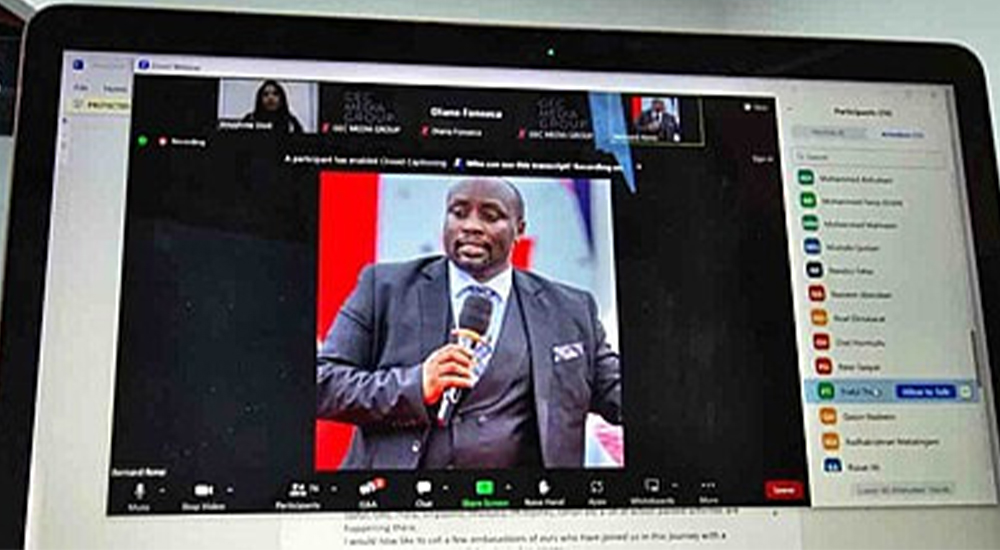Digitally advanced governments are willing to transform and optimise, calculate and report on digital success metrics and adopt a range of contemporary practices and delivery models.
Pandemic-inflicted global disruption caused government organisations to renew their focus on, and accelerate the transition to, digital government. For CIOs, achieving true digital transformation within government requires a full commitment to emerging technologies and capabilities that can scale across an organisation.
Achieving true digital transformation within government requires commitment to emerging technologies and capabilities
The transition to digital government means organisational change, which can be difficult to achieve at times. This is reflected in the diverse levels of advancements in digital transformation from one government organisation to the next.
The recent Gartner survey explored the differences in objectives, practices and makeup of digital initiatives that have led to successful transformation implementations. If you focus your priorities in the same way, you can expect to deliver on your digital government strategies more effectively.
Although digital governments leverage practices such as journey mapping, human-centred design and design thinking, co-creation and voice of the customer, user research, there are three common practices.
Transition to digital government means organisational change, which can be difficult to achieve at times
65% of digitally advanced governments and 42% of remaining governments report widespread use of agile project delivery, making it the most widely used practice. Even so, it is challenging to perform effectively in a government environment and very often a struggle to scale beyond the IT function. In fact, just 28% of digitally advanced governments have also successfully scaled adoption of enterprise agile.
Half of digitally advanced governments have incorporated product management into their operating models, whereas only 20% of non-digitally advanced governments have done the same. Doing so has a direct impact on the planning and development of government services, including other contemporary service design practices like journey mapping, co-creation and event mapping.
35% of digitally advanced governments report widespread use of DevOps practices; 21% of less advanced respondents cite use. Employing a DevOps model enables developers to increase productivity and improve coordination with infrastructure.
For most governments, the pace of change during a crisis is not sustainable. Many governments have a strongly embedded culture, and that culture is often risk-averse. This may lead them to quickly revert to legacy processes and mindsets, rolling back positive momentum.
As a government CIO delivering digital transformation strategies and programs build executive sponsorship for investment in digital by working with department heads and business line leaders to clearly define their vision for digital’s role in achieving the organisation’s mission.
There are diverse levels of advancements in digital transformation from one government to the next
Scale the impact of digital across the organisation by expanding its scope to include transformational activities that align with the organisation’s digital vision.
Build a line of sight between measurable digital outcomes and measurable business value by working with department heads and business line leaders to identify tangible metrics of success.
3 common practices amongst digitally advanced governments
#1 Focus on transformation and optimisation
#2 Calculate and report on digital success metrics
#3 Adopt contemporary practices and delivery models
Many governments have an embedded culture of being risk-averse, leading them to revert to legacy processes and mindsets, rolling back positive momentum.




